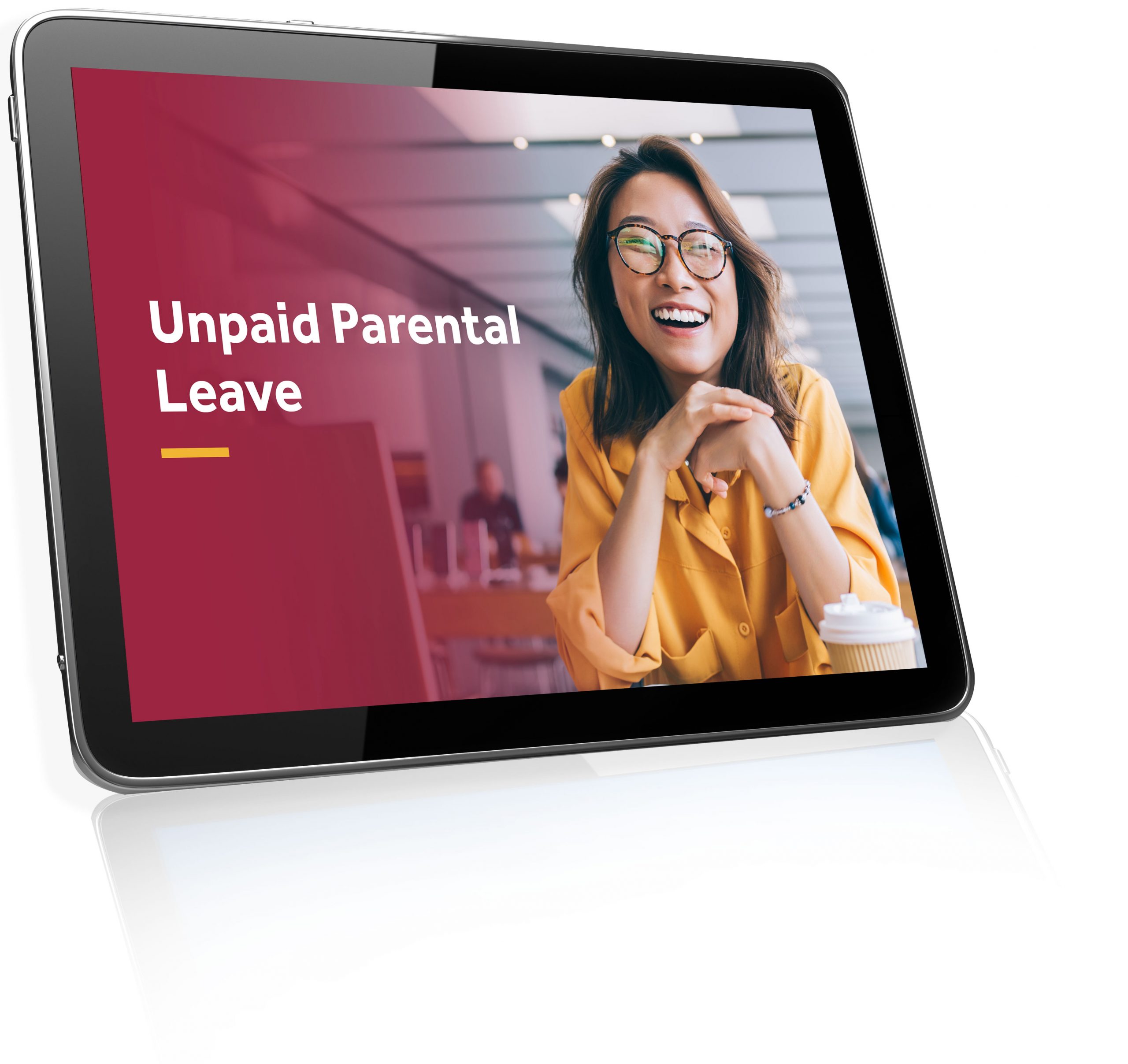
When an employee becomes pregnant, their regular role may present extra risk to their health and safety at work. That employee may come to you with a medical certificate from their doctor, asking you to take this into consideration. You may recognise yourself that there could be an issue, remembering that as an employer you have an obligation to ensure a healthy and safe working environment for all employees.
In workplace relations legislation, there is a provision for this specific scenario – it’s called a ‘safe job’.
What is a safe job?
During pregnancy, an employee’s role may present risks or hazards to the employee that normally wouldn’t be present or as high risk. If this is the case, a provision exists for the employee to be temporarily transferred to a safe job.
To request a transfer, an employee must present evidence (e.g a medical certificate) to their employer that, while they are still fit to work, it is inadvisable for them to continue working in their current role and performing certain tasks (e.g heavy lifting).
A safe job refers to a role where the employee can:
Work with minimised risks to their health and safety during their pregnancy
Enjoy the same terms and conditions as they would in their normal job
If the pregnant employee agrees, the appropriate safe job may have fewer ordinary hours of work.
The employee must be paid at their full rate of pay for all hours worked in the safe job.
Can an employer initiate a transfer?
Yes, but an employer should be careful to avoid discrimination, as an employee can’t be treated differently just because she is pregnant. An employer should raise and discuss their concerns with the pregnant employee. If the employee wishes to stay in their role, an employer can request they get a medical certificate from a doctor stating whether then can continue to remain in the role during all or part of their pregnancy.
Employers might find it beneficial to be proactive in planning for the transfer of pregnant employees into safe jobs. Employers should be especially cautious of circumstances whereby an employee’s normal working conditions are potentially risky, or physically or mentally demanding. For example, roles that involve:
Repeatedly lifting or bending
Climbing stairs and walking across unstable surfaces
Working in cold or hot environments
Working with animals
Working which chemicals
Working in remote, relatively inaccessible locations
However, it must be observed that employers may be required to accommodate safe work even in circumstances whereby the employee works in a comparatively safer environment such as an office.
What if I can’t place them in a safe job?
If there is no safe job in accordance with the above provisions, the employee is entitled to take no safe job leave for the risk period. If the employee has over 12 months of continuous service, the leave must be paid at the base rate of pay for their ordinary hours of work (for full-time or part-time workers), or at the base rate of pay (excluding casual loading) for the average number of hours they would have worked in the leave period for casuals.
If the employee is not entitled to unpaid parental leave, they can take unpaid no safe job leave.
Return to work guarantee
On ending unpaid parental leave, an employee is entitled to return to their pre-parental leave position, or if that position no longer exists, an available position for which the employee is qualified and suited nearest in status and pay.

Do you understand parental leave entitlements?
If you want to provide proper support for parents in your business, download our FREE Employsure factsheet to understand your obligations as an employer.
What if the role no longer exists?
If the job doesn’t exist anymore – due to an organisational change, for example – this is a redundancy and an employer must find the employee a suitable job that the employee is qualified to work in and shares the same pay and status as their previous job (if available). The employer should have carried out the redundancy process and consulted with the employee regarding any proposed changes to their job
Can I send them back to a safe job on return from parental leave?
An employee is an entitled to return to their regular role when they return from parental leave. If they were transferred to a safe job, this was done on the proviso that it was a temporary change due to their pregnancy.
If you wish to move them permanently to their safe job, you will have to negotiate with the employee just as you would in any other scenario. They would be entitled to unconditionally reject their offer and stay in their original role.
Can I make an employee redundant while they’re on parental leave?
If the business meets all the usual requirements for making a redundancy – including, but not limited to, ensuring the redundancy is genuine, completing consultation, and exploring alternative employment options – then an employer may make an employee redundant during parental leave.
However, making an employee redundant while they’re on parental leave can become complex, especially when considering anti-discrimination legislation.

Get Workplace Advice Now
Employsure can help you better understand your obligations when it comes to parental leave. If own an Australian business and need further advice, call our FREE 24/7 Advice Line.
